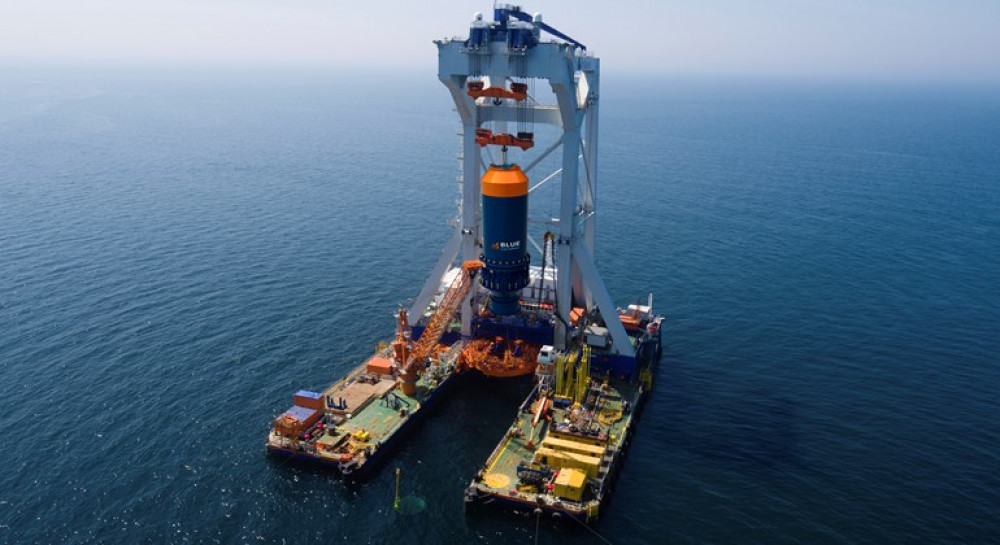
The two main methods for actually installing foundations in the seabed are pile-driving (generally used for monopile foundations) and hammering (mostly used for pre-piling work for steel structure jacket type foundations, although also used for some monopile installations). Pile drilling is another method used in harder soil conditions and has the added benefit of reducing noise impact further.
Whilst lowering costs and increasing installation efficiency are a major consideration, the environmental impact of foundation installation is also a high priority, particularly with regarding to noise mitigation. In the Netherlands, like Germany, piling restrictions therefore apply. This requires constant innovation in the sector. At the same time, those installing the foundations have to be able to cope with the site-specific conditions as well as the increasing size of components safely.
When considering equipment developments in piling and hammering of foundations for offshore wind turbines, you need to look at 1) the actual method of installation and 2) noise mitigation. Optimised solutions in both regards have a significant role to play in improving efficiency and overall wind farm economics whilst also protecting sea mammals as much as possible. The main foundation installation methods are:
Pile driving - this is used where a monopile foundation is literally rammed into the seabed (or for anchor pile installations for other types of foundations). Use of this method is dictated by the size (diameter) of the pile itself, although the installation sector has developed solutions for the larger turbines now being produced.
Hammering - as the name suggests this is where a foundation element, such as an anchor pin for a jacket foundation, is literally hammered into the ground.
Pile drilling - generally used where pile driving is unsuitable, a drill is used to create boreholes in the ground for foundations.
Today vibrocoring techniques are used as an alternative to hammering, also for XXL monopile installation.
Are you interested to learn more? Have a look at the demo project Gentle Driving of Piles (GDP) here.
